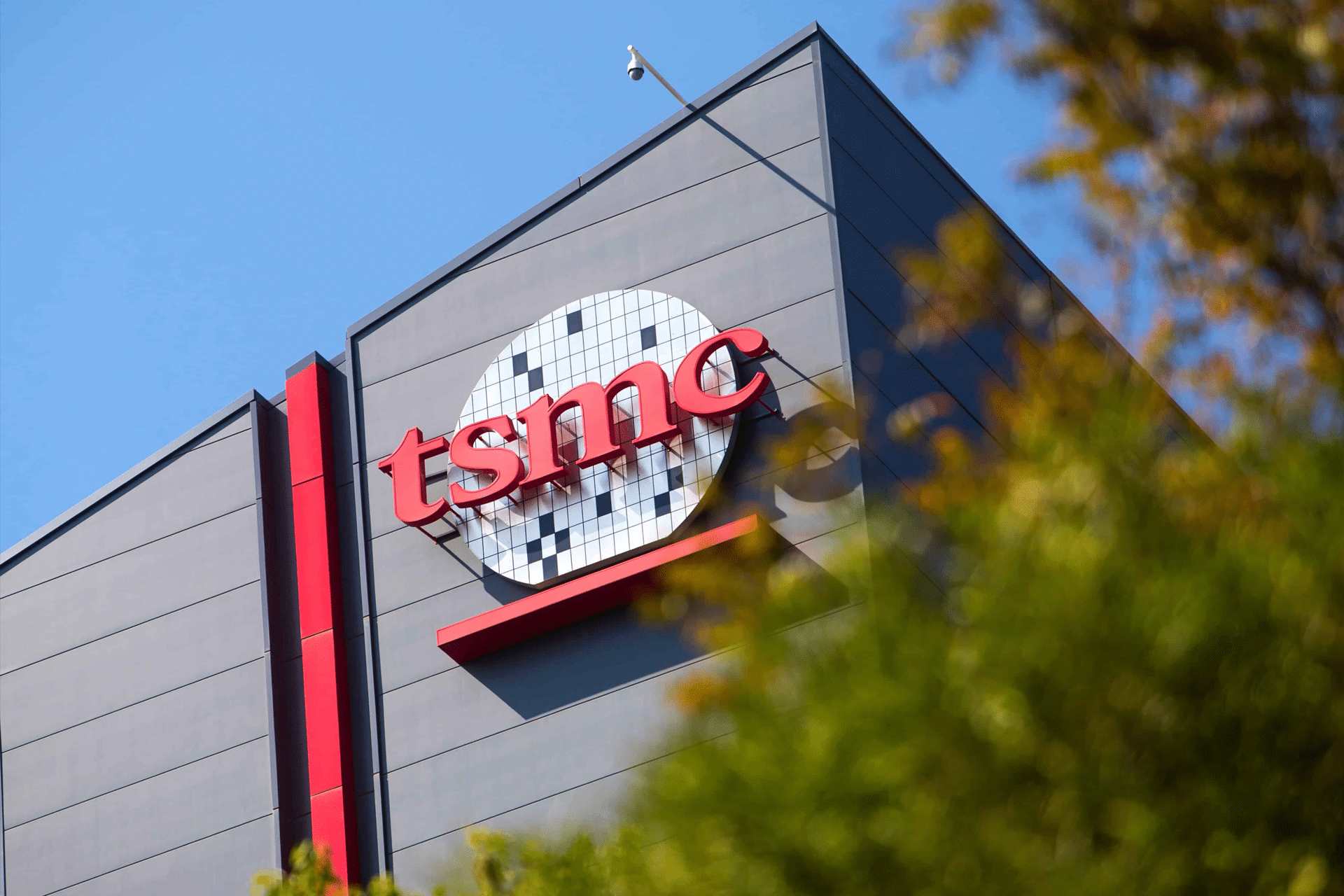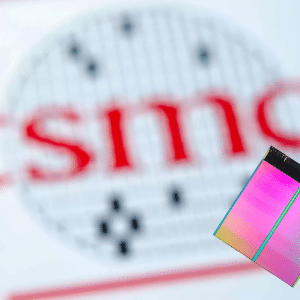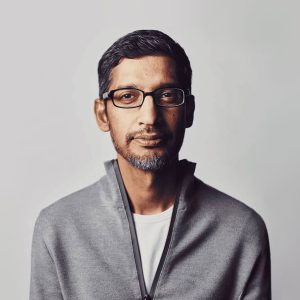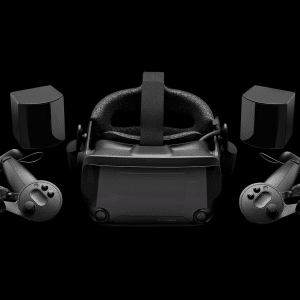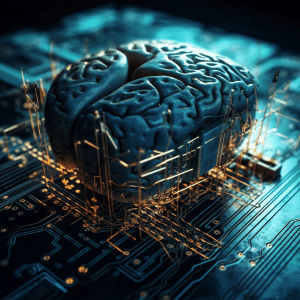Nvidia’s H20 chip, tailored to comply with U.S. export restrictions for the Chinese market, has hit rough waters. Chinese authorities recently raised concerns about potential security risks, prompting Nvidia to instruct suppliers like Amkor Technology and Samsung Electronics to pause production. The decision followed reports that Beijing summoned tech giants like Tencent and ByteDance to scrutinize their H20 purchases. Huang pushed back, insisting the chip poses no national security threat and has no “backdoor” vulnerabilities, a claim Nvidia has worked to clarify with Chinese regulators.
The H20’s suspension is a setback for Nvidia, which has already faced challenges in China. U.S. export curbs, tightened in April, forced Nvidia to write off $5.5 billion in inventory and abandon $15 billion in potential sales. For Chinese businesses, the H20 was a lifeline for AI data centers, offering performance within Washington’s limits. Its pause could push Chinese firms toward domestic alternatives like Huawei’s Ascend 910B, threatening Nvidia’s 50% market share in China, down from 95% before 2022 restrictions.
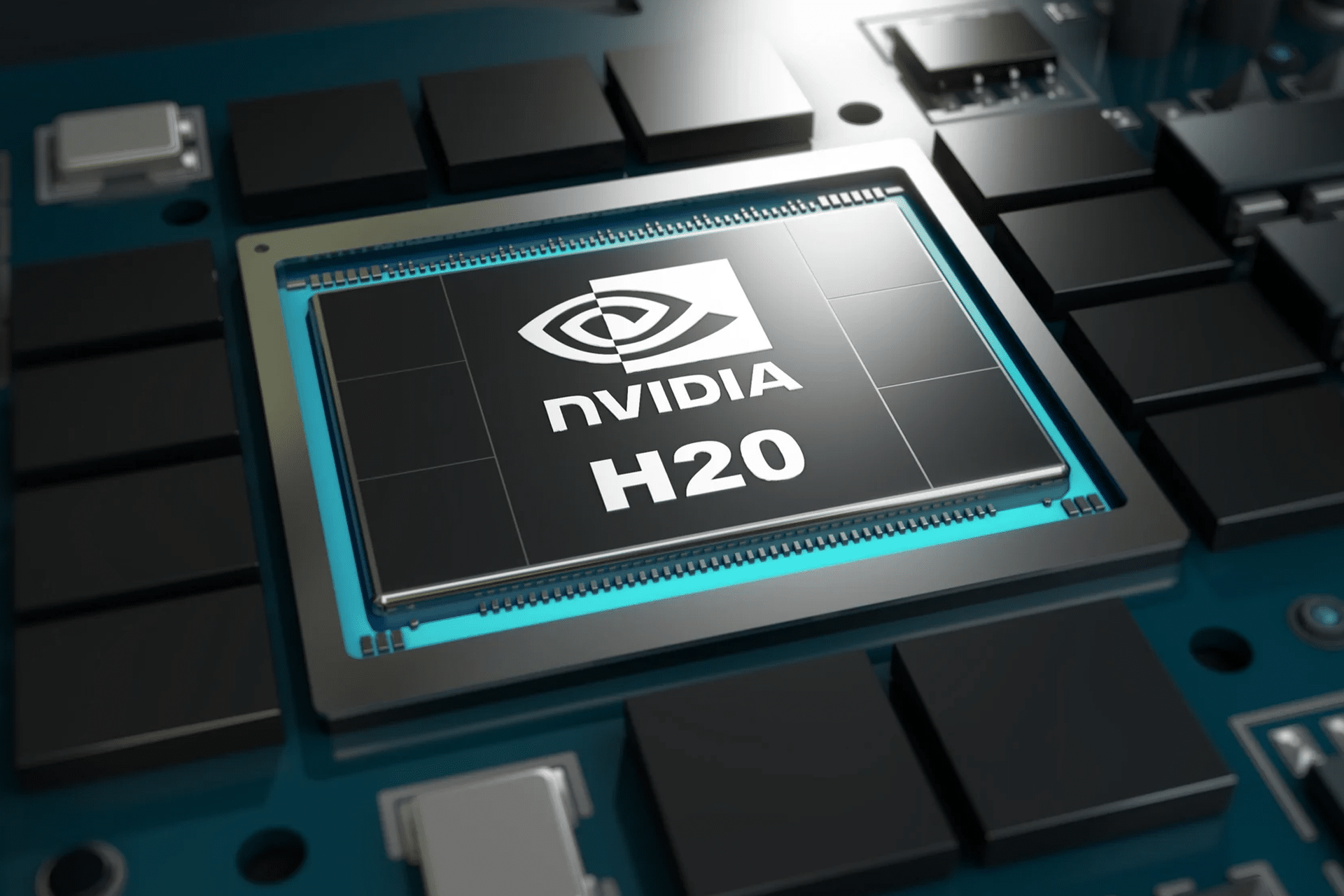
A New Chip on the Horizon
Undeterred, Nvidia is already planning a successor to the H20, tentatively called the B30A, based on its advanced Blackwell architecture. Huang confirmed discussions with the U.S. government to design a chip that meets export regulations while serving China’s AI needs. The B30A, operating at roughly half the speed of Nvidia’s top-tier B300 chips, aims to thread the needle between performance and compliance. While details remain under wraps, the chip could restore Nvidia’s foothold in China’s $50 billion data center market, where demand for AI hardware continues to soar.
For users, a new chip could mean more accessible AI tools in China, powering everything from cloud services to autonomous systems. However, approval hinges on U.S. government decisions, with Huang noting it’s “too soon to know” the outcome. The stakes are high: a successful B30A could stabilize Nvidia’s revenue stream, while failure risks further market erosion to competitors like Huawei.
TSMC’s Pivotal Role
Huang’s visit to TSMC wasn’t just about China. Nvidia’s next-generation Rubin platform, built on TSMC’s 3-nanometer process, depends on the foundry’s advanced manufacturing. This technology enables smaller, more efficient chips, crucial for AI workloads that demand massive computational power. For consumers, this translates to faster AI-driven applications, from real-time language translation to smarter virtual assistants. Huang’s public endorsement of TSMC also signals confidence in Taiwan’s semiconductor ecosystem, despite geopolitical risks.
TSMC’s $65 billion investment in Arizona factories, backed by a $6.6 billion U.S. subsidy, reflects its global ambitions. Yet, Huang’s visit reinforces Taiwan’s centrality to Nvidia’s supply chain. He even hinted at Nvidia’s plans for a “Constellation” headquarters in Taipei, cementing long-term ties. For tech users, this means a steady supply of cutting-edge chips, but it also underscores the fragility of global supply chains amid U.S.-China tensions.
Navigating a Geopolitical Minefield
Nvidia’s China strategy is a high-wire act. The U.S. recently approved H20 sales with a 15% tax, a deal Huang lobbied for, arguing it benefits both nations without compromising security. Meanwhile, Beijing’s push for self-reliance in chips clashes with U.S. efforts to limit China’s access to advanced technology. Comments from U.S. Commerce Secretary Howard Lutnick, suggesting America only sells “fourth-best” chips to China, have further strained relations, prompting Chinese accusations of unfair restrictions.
For businesses and consumers, this tug-of-war affects the availability and cost of AI technologies. Chinese firms may face delays in deploying AI solutions if domestic chips lag behind Nvidia’s offerings. Globally, users could see higher prices if supply chains remain disrupted. Huang’s diplomatic efforts—reassuring Beijing about security while negotiating with Washington—aim to keep Nvidia’s chips flowing, but the outcome remains uncertain.
What Lies Ahead
Nvidia’s Taipei visit highlights the intricate dance of technology and geopolitics. The pause on H20 production and the potential B30A chip reflect Nvidia’s adaptability in a volatile market. TSMC’s role as a manufacturing powerhouse ensures Nvidia’s AI ambitions stay on track, but the broader U.S.-China chip war looms large. For tech users, the implications are clear: the tools powering AI innovation—chatbots, autonomous vehicles, data analytics—depend on these behind-the-scenes maneuvers.
As Nvidia awaits U.S. approval for its new chip and ramps up Rubin production with TSMC, the industry watches closely. Will Nvidia maintain its edge in China, or will domestic rivals seize the moment? The answers will shape the future of AI, from enterprise solutions to everyday apps, in a world where chips are as much about strategy as silicon.
